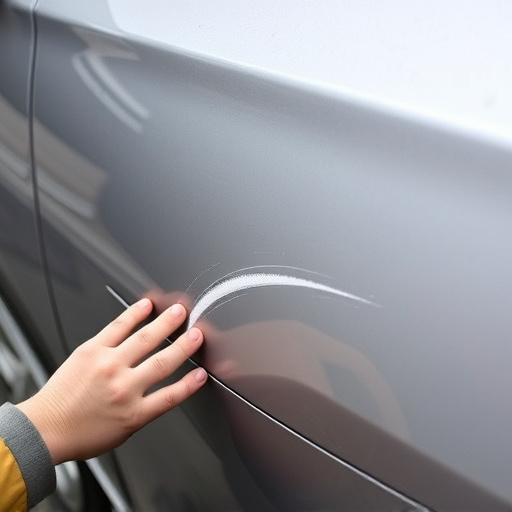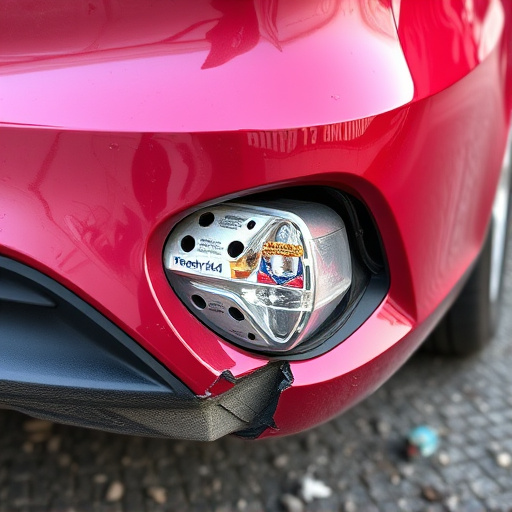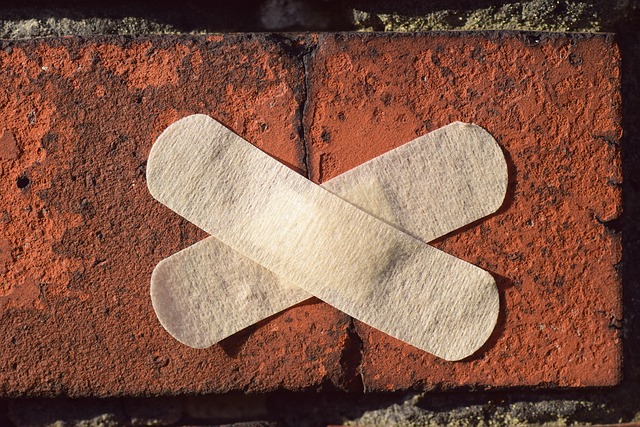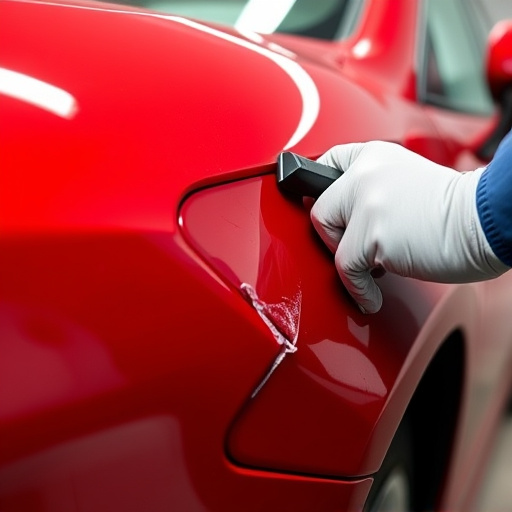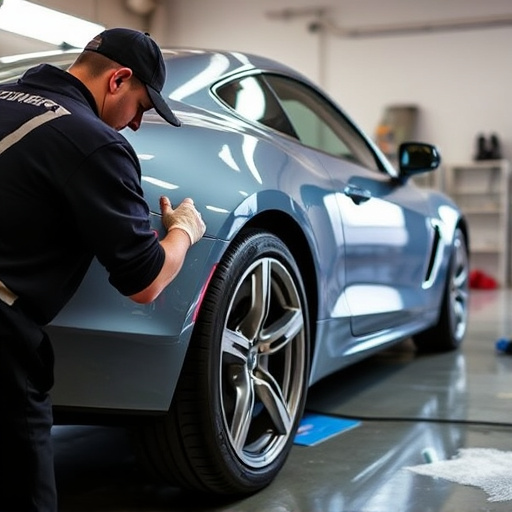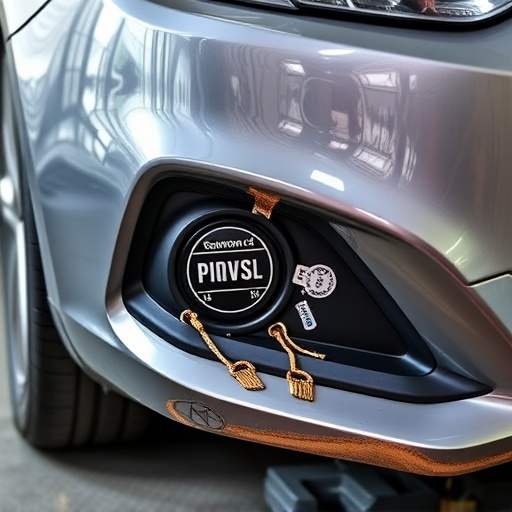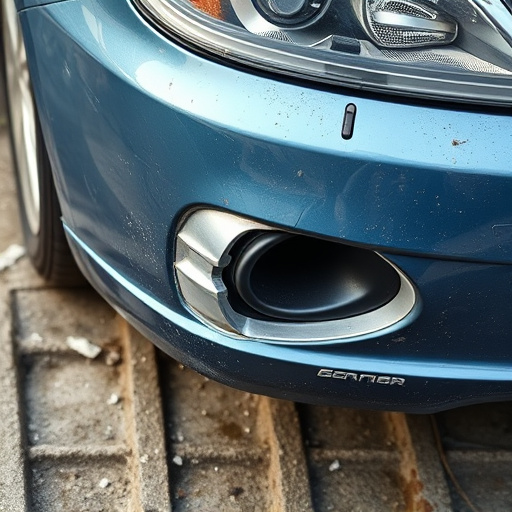Mercedes radar recalibration is vital for maintaining advanced driver-assistance systems (ADAS) safety and performance after minor collisions or auto body repairs. Specialized technicians use advanced tools to scan, analyze, and precisely adjust radar sensor settings, ensuring accurate detection of nearby vehicles, lane markings, and obstacles. This process preserves the effectiveness of Mercedes' Lane Assist and Brake systems, enhancing driver confidence and road safety. Regular recalibration also addresses environmental impacts, making it a key aspect of vehicle maintenance and repair.
Mercedes radar recalibration is a crucial process for maintaining optimal lane assist and brake system performance. This advanced technology ensures your vehicle’s sensors are accurately calibrated, enhancing safety and driving dynamics. By understanding the recalibration process and its benefits, you can effectively manage your car’s sensor performance. Learn how to calibrate your Mercedes’ radar systems step-by-step for enhanced overall efficiency.
- Understanding Mercedes Radar Recalibration Process
- Benefits: Enhanced Safety and System Performance
- Step-by-Step: Effectively Calibrating Your Vehicle's Sensors
Understanding Mercedes Radar Recalibration Process
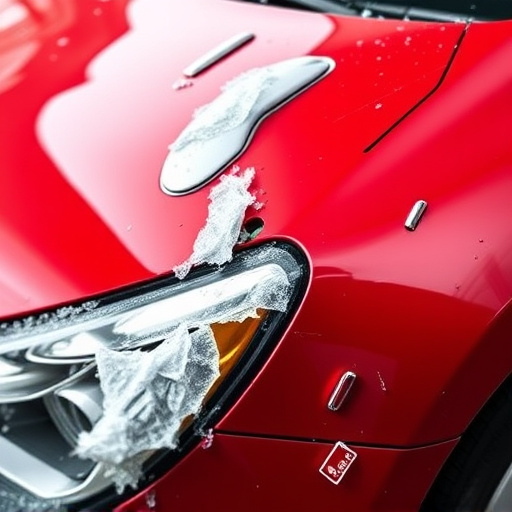
Mercedes radar recalibration is a crucial process that ensures the optimal performance and safety of the car’s advanced driver-assistance systems (ADAS). This procedure involves realigning and updating the settings of the vehicle’s radar sensors, which play a vital role in keeping drivers safe on the road. When a Mercedes experiences a minor collision, such as a fender bender, or undergoes specific auto body services for repair, recalibration becomes necessary to maintain the integrity of its lane-keeping and automatic braking mechanisms.
During the process, specialized technicians use advanced tools to scan and analyze the radar system, identifying any discrepancies caused by damage or adjustments made during the fender repair process. Once identified, these settings are precisely adjusted to restore the radar’s accuracy, ensuring it can accurately detect nearby vehicles, lane markings, and potential obstacles. This meticulous recalibration is essential for preserving the effectiveness of Mercedes’ Lane Assist and Brake systems, ultimately enhancing driver confidence and road safety.
Benefits: Enhanced Safety and System Performance
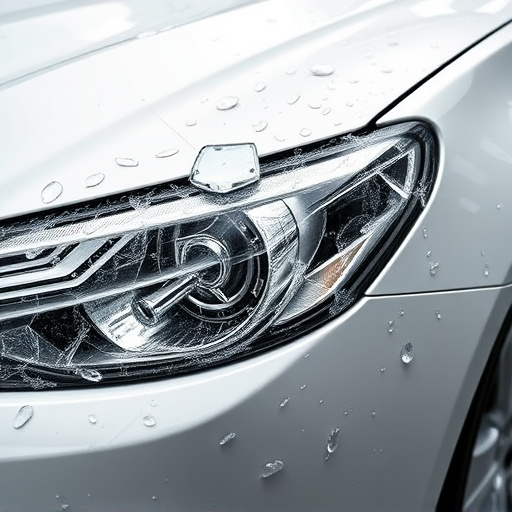
Mercedes radar recalibration plays a pivotal role in enhancing both safety and system performance for Mercedes vehicles. By accurately recalibrating the radar sensors, the car’s lane-keeping assist (LKA) and automatic emergency braking (AEB) systems become more reliable and responsive. This ensures that the vehicle can accurately detect potential hazards on the road, like other cars or pedestrians, enabling faster reaction times to prevent collisions.
Regular Mercedes radar recalibration also helps in mitigating issues arising from environmental factors such as weather conditions and road surface changes. It improves overall system performance by compensating for any discrepancies caused by these variables, thereby providing a smoother and safer driving experience. Moreover, this process is crucial in maintaining the integrity of the vehicle’s safety features, which are integral to mercedes benz repair when compared to other less severe damages like car dent removal.
Step-by-Step: Effectively Calibrating Your Vehicle's Sensors

The process of Mercedes radar recalibration is a precise art that ensures your vehicle’s safety systems remain optimal. Here’s a simplified guide to help you navigate this procedure, focusing on the sensors responsible for lane assistance and braking. First, locate the radar sensor, typically found in the front grille or fenders, protected by a sleek housing. This sensor emits signals and measures their reflection to gauge objects’ distances. Next, gather the necessary tools: a recalibration kit, which includes a new calibration standard or target, and possibly a special tool for installation. Power off the vehicle, then follow the manufacturer’s instructions to attach the calibration target in a specific orientation.
With the target in place, restart the engine and allow the systems to boot up. Use the vehicle’s diagnostic tools to initiate the recalibration process. This may involve driving at specific speeds or following on-screen prompts for optimal results. The system will adjust its settings to match the new calibration standard, fine-tuning its accuracy. Once complete, test the lane departure warning and automatic emergency braking functions to ensure they operate seamlessly, confirming your Mercedes radar recalibration was successful. Remember, proper execution of this process is crucial for maintaining top-notch safety features in your mercedes benz repair or collision repair scenario.
Mercedes radar recalibration is a vital process that ensures the optimal performance of your vehicle’s lane assist and brake systems. By accurately calibrating the sensors, drivers can experience enhanced safety features, preventing accidents and improving overall driving confidence. This simple yet effective procedure allows owners to maintain their vehicles’ cutting-edge technology, providing peace of mind on the road.



